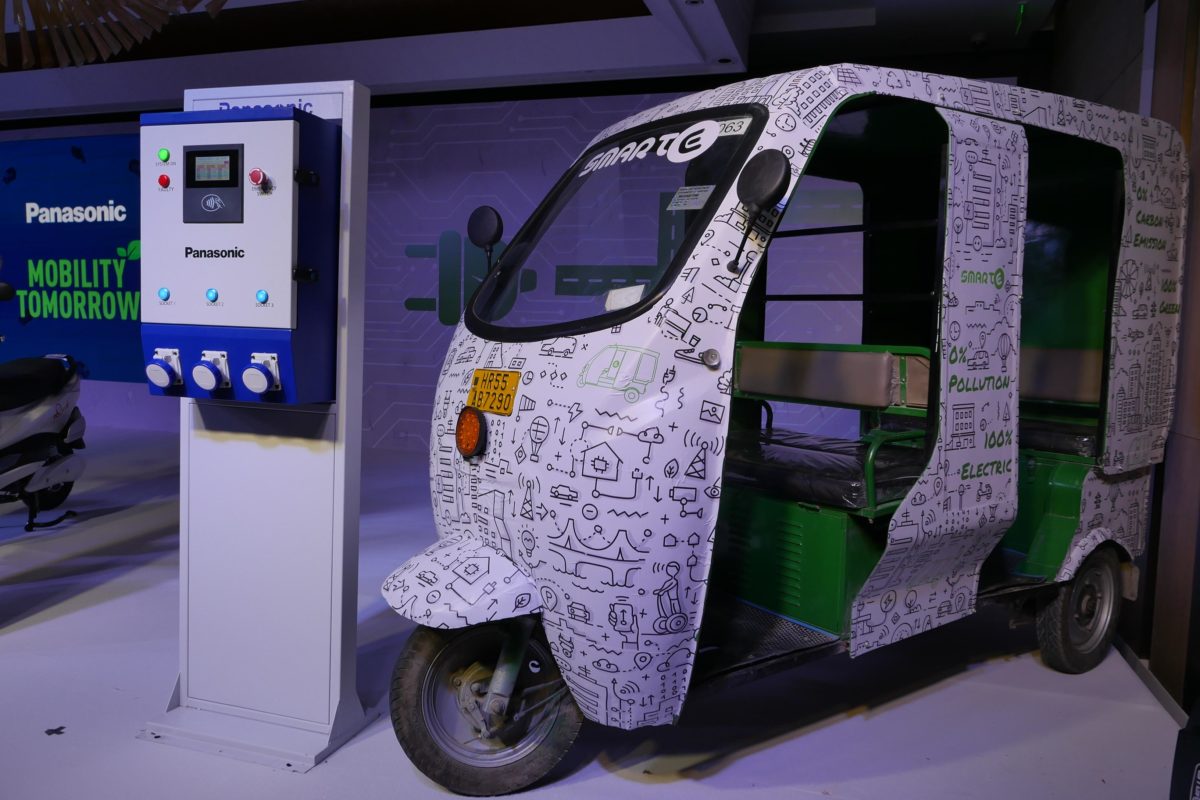The announcement of the Electric Mobility Promotion Scheme 2024 is a timely move by the Government of India to support electric vehicle adoption in the country as the FAME-II subsidy scheme is about to end on March 31, 2024, according to rating agency ICRA.
The new scheme offers reduced subsidy benefits on a per vehicle basis than the existing FAME-II guidelines. As per ICRA’s calculations, the initial purchase cost of an e-2W would increase by close to 10% compared to that with the FAME-II subsidy. Moreover, this would make an e-2W over 70% costlier (in terms of initial purchase price) than a petrol scooter.
ICRA sees the reduction in subsidy benefits as a short-term impediment for e2W manufacturers that could exert pressure on cost structures. “If price hikes are not completely passed on, the pick-up in volumes is expected to partially mitigate the impact. Nevertheless, their ability to ensure timely fund raise to support the capital structure or competitiveness of manufacturers would be the key,” stated ICRA.
On March 13, 2024, the Ministry of Heavy Industries, Government of India, announced the Electric Mobility Promotion Scheme 2024 with a total outlay of INR 500 crore to support the adoption of e-2Ws and e-3Ws (including e-rickshaws, e-carts, and L5 category vehicles) for a period of four months from April 1, 2024 to July 31, 2024. Around two-thirds of the outlay is proposed to be earmarked for e-2Ws.
As per the scheme, the subsidy for e-2Ws has been reduced to INR 5,000/kWh of battery capacity from INR 10,000/kWh earlier with a cap of INR 10,000 per vehicle for e-2W (from 15% of ex-showroom price earlier), INR 25,000 for e-rickshaw/e-cart and INR 50,000 for L5 category e-3Ws, respectively.
Shamsher Dewan, senior vice president and group head – corporate ratings, ICRA, said, “The Government’s announcement to offer incentives under a new scheme for e-2Ws and e-3Ws will continue to provide a disruption-free environment for e-2W OEMs just before the FAME-II scheme was about to end. Although the reduction in the subsidy benefit is a short-term impediment and may impact demand to some extent, OEMs will continue to strive to offer competitive products by leveraging their cost structure through localization of key components and value engineering capabilities. In addition, softening in battery cell prices (which accounts for almost 40% of the vehicle cost) will also help them offset the impact of lower subsidies to some extent.”
ICRA estimates the payback period could get elongated to 5.5 years vis-à-vis five years under the FAME-II framework, in a scenario wherein the e-2W manufacturers completely pass on the subsidy reduction amount to the consumers in the form of price hikes.
However, the long-term potential for e-2W segment remains favourable aided by the improving cost of ownership vis-à-vis ICE vehicles and enhanced customer confidence with regard to range anxiety, financing avenues, and other vehicle attributes such as safety.
In addition, the Government’s focus on promoting electric vehicles through various initiatives (including PLI) will continue to drive electric vehicle adoption over the medium term.
ICRA expects penetration of e-2Ws to inch to 6-8% in the overall industry by FY2025 as compared to approximately 5% at present.
This content is protected by copyright and may not be reused. If you want to cooperate with us and would like to reuse some of our content, please contact: editors@pv-magazine.com.









By submitting this form you agree to pv magazine using your data for the purposes of publishing your comment.
Your personal data will only be disclosed or otherwise transmitted to third parties for the purposes of spam filtering or if this is necessary for technical maintenance of the website. Any other transfer to third parties will not take place unless this is justified on the basis of applicable data protection regulations or if pv magazine is legally obliged to do so.
You may revoke this consent at any time with effect for the future, in which case your personal data will be deleted immediately. Otherwise, your data will be deleted if pv magazine has processed your request or the purpose of data storage is fulfilled.
Further information on data privacy can be found in our Data Protection Policy.